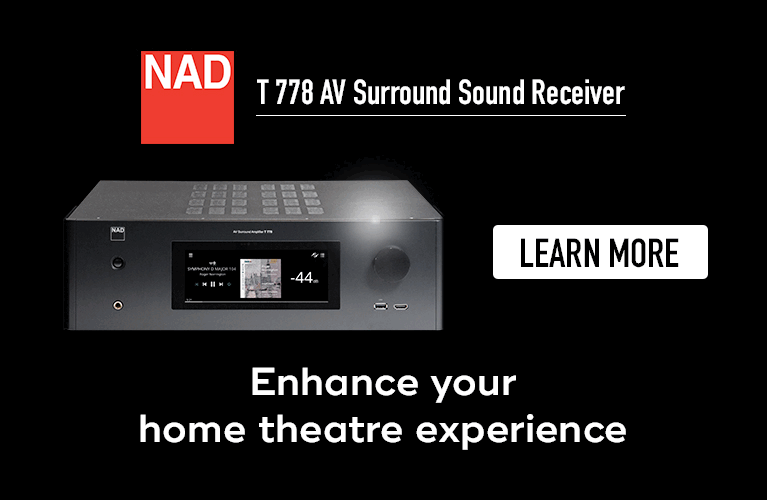I’m not sure if my story is typical of younger audiophiles, but vinyl was my introduction to this hobby. The vinyl resurgence began around 15 years ago. I have a formative memory of getting introduced to the medium as a teenager via a pitiful Crosley suitcase record player and a copy of the Eagles’ Their Greatest Hits (1971–1975). Thankfully, I’ve since moved on to more capable equipment; but if I hadn’t been bitten by the vinyl bug, I might never have become an audiophile.

Notwithstanding SoundStage! founder Doug Schneider’s well-reasoned reservations about diving into vinyl, I believe that collecting and playing vinyl records is a rewarding hobby in its own right. After reading Doug’s article, I wanted to write a counterargument. Whether you’re a seasoned hi-fi nut who wonders what the fuss about vinyl is all about, or an audio newbie looking to start a record collection, here are four reasons why you should plunge into vinyl, plus some tips for maximizing the fun without spending a bundle.
1) Vinyl is the most fun music format
I don’t think there’s a music medium that’s more engaging than vinyl. Many others have sung the praises of physical media, and I agree with them: having your favorite album as a physical artifact that you can hold in your hands has its own intrinsic value. Many music lovers enjoy the tactile experience of collecting vinyl and the ritual of playing records. There’s a ceremonial aspect to extracting music from the grooves of an LP—summoning that music requires physical contact with the record and turntable. Some things in life are as satisfying as pulling a record from the shelf or crate, carefully removing the disc from its sleeve, and dropping the needle—but not many. This process connects the listener with the music in a way that other formats can’t match. To quote the promotional copy printed on a Columbia record sleeve from the 1960s: “Everyone owns a phonograph because it’s the musical instrument everyone knows how to play.”
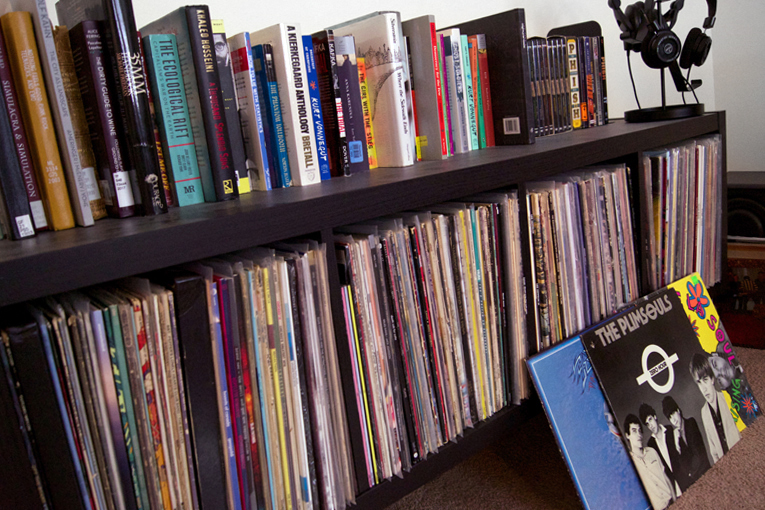
Additionally, the 12″ diameter of an LP necessitates a correspondingly large cover, which is usually home to some display-worthy album art. Some of the most recognizable art of the past 60 years was created for album covers—think Revolver or The Dark Side of the Moon. For some, the aesthetic of a record and its artwork is reason enough to buy the thing; the fact that this artifact is also a playable music medium is a bonus. It’s a pleasantly slippery slope: many people buy their first vinyl record because the music is meaningful to them and they want to own a physical manifestation of it, mostly to display. Then they get a turntable, and before they know it, they’ve collected hundreds of LPs. Between the ritual of playing a record and admiring its cover art, vinyl provides more joy of ownership than any other format.
2) Ownership is the forgotten perk of physical media
Speaking of ownership, a less obvious perk of owning an album on vinyl is simply that—you actually own the thing. Contrast this with streaming, where you’re at the mercy of fickle artists, record labels, copyright lawyers, licensing agreements, and other pitfalls that can render your favorite album inaccessible overnight. This has happened more than once with my chosen streaming service, Spotify. High-profile artists like Neil Young and Joni Mitchell made news last year by removing their music from Spotify, mostly for ideological reasons. Until about a week before I finished this piece, contract disputes and record company shadiness kept alt-rap group De La Soul’s music off the platform, including the seminal 3 Feet High and Rising. The studio albums of several of my favorite ’80s power-pop artists—Marshall Crenshaw, The Records, The Plimsouls, and The dB’s—are also conspicuously absent. I chose Spotify because it’s reputed to have the most music of all the streaming services. No doubt other services like Tidal and Qobuz are missing many of your favorites as well. Owning music on a physical medium like vinyl makes this a non-issue.
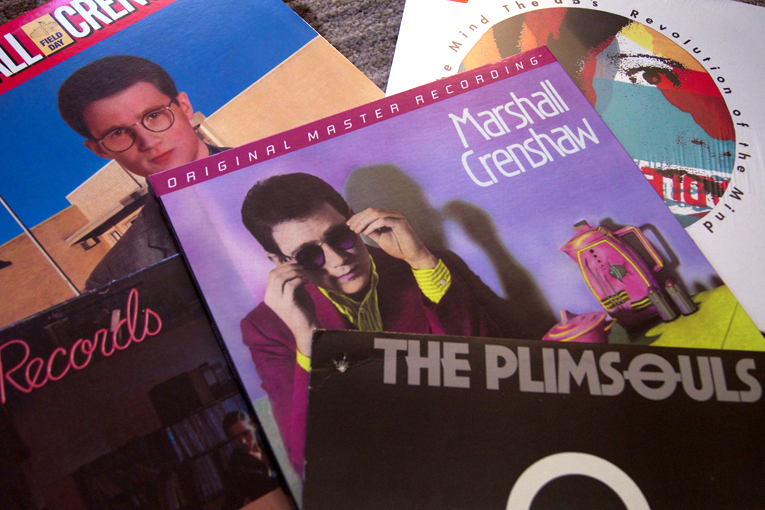
There’s another dimension of owning vinyl that shouldn’t be ignored, and that’s support for the artists. It’s been well documented that artists are poorly compensated for making their music available on streaming platforms. Typically, artists are paid a small fraction of one cent per track streamed. Purchasing music, especially on vinyl, is one of the best ways fans can financially support their favorite artists. Any physical medium offers this benefit, but vinyl beats other physical formats like CD or cassette in terms of album art and playback ritual, if not in absolute sound quality. Of course, the subject of vinyl’s sound quality is a different discussion entirely.
3) Vinyl sounds good, whether you like it or not!
The conversation about sound basically boils down to this: billions of people all over the world have had satisfying musical experiences listening to vinyl, and there’s no reason why you shouldn’t be one of them. Of course, there are many technical arguments in favor of digital formats. Even compared to poor-quality digital audio, vinyl’s signal-to-noise performance, and thus its maximum dynamic range, is very limited. Channel separation also sucks. And while vinyl’s frequency range can be more than acceptable, it’s subject to sometimes-noticeable variations upon playback. So how can vinyl sound good, in spite of all this?
Because of its technical limitations, vinyl production and playback require great care and attention to detail. While this may sound as if I’m saying, “it’s not a bug, it’s a feature,” the pursuit of perfection is what fuels our audiophile obsessiveness. Mastering engineers must exercise microscopic precision when cutting records, using time-honed techniques to ensure that the final product reflects the intentions of the artist, producer, and recording engineer as closely as possible. This attention to detail is all but lost on many digital recordings, resulting in sometimes-lackluster performance, despite digital’s technical advantages. Also, the extreme compression that plagued CD releases during the loudness wars, wherein the music’s dynamic range was squashed to leave only a few decibels between the loudest and softest sounds, is thankfully not possible in vinyl mastering; the resulting record would be unplayable.
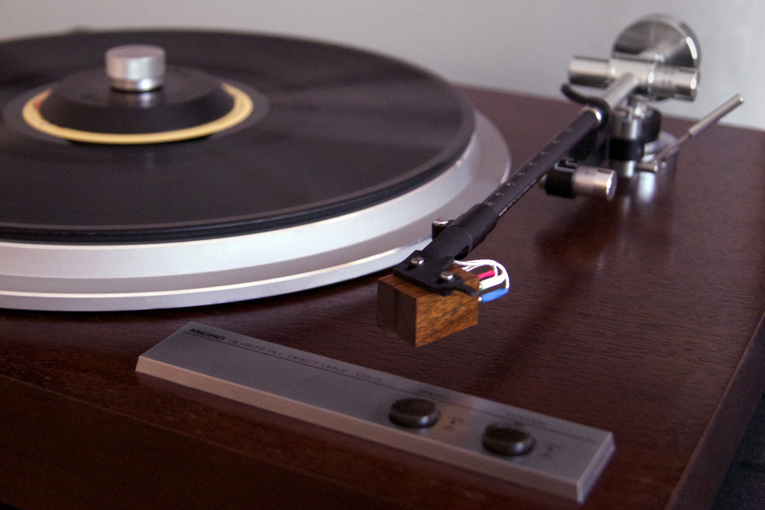
Quality playback requires similar precision. You won’t get that in cheap, plasticky, mass-market record players; but most modern turntables, cartridges, and phono preamps are designed to meet the same exacting standards that are applied when cutting records. Moreover, the medium’s technical limitations needn’t be a major concern, as the noise floor of vinyl is low enough that most listeners won’t find noise objectionable, even if it’s audible. As to channel separation, other than headphones or earphones, any listening setup is capable of less separation than vinyl can deliver—so that point is moot. There is also the justifiable belief that vinyl’s inherent shortcomings actually give it a more natural sound quality. That’s why vinyl is still considered a high-fidelity medium, and why some of the most expensive and best-sounding setups in the world include a vinyl playback rig.
To sum up, the vinyl LP was the high-fidelity medium of choice for nearly 40 years, the technology is fully mature, and several lifetimes of R&D and experience are behind the mastering techniques, commercial production, and playback tech for vinyl records. And that’s to say nothing of more recent advancements that have kept the medium relevant over the years.
4) Getting into vinyl is more accessible than ever
The great thing about living during the vinyl renaissance, rather than its golden era, is that, for all intents and purposes, the technology was perfected 40 years ago. According to the Recording Industry Association of America (RIAA), vinyl sales peaked around 1977. As you might guess, there’s a healthy secondhand market for turntables from that era. Of course, the first rule when looking at any used ’table is caveat emptor. Nonetheless, there are swaths of capable and beautiful record decks from the ’70s and ’80s available, should one choose this route. As far as new payback gear goes, there are tons of well-made, inexpensive turntables out there, like the RT83 from Fluance or the CS 329 from Dual.
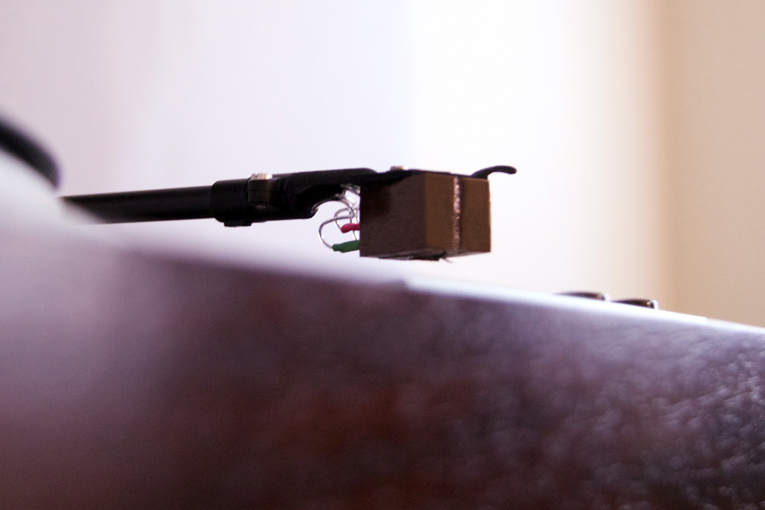
The same can be said for phono preamps and cartridges. Remember how I said vinyl technology was perfected 40 years ago? Companies such as Audio-Technica, Dual, and Nagaoka have been making cartridges, turntables, and accessories since that time, and now a brand-new cartridge or phono preamp that rivals the top-of-the-line gear of the ’70s can be had for the price of a nice dinner for two. You can drop thousands on a shiny Koetsu or Lyra cartridge if you’re so inclined, but that’s not a prerequisite. Kudos to our own Thom Moon for staying at the cutting edge of high-quality affordable gear with his SoundStage! Access reviews.
What about the records? While it’s true that vinyl records are more expensive than CDs and not nearly as economical as streaming, the secondhand market is very strong, and most record shops have dollar bins, two-for-$10 deals, and used records in very good condition—these can be bought for less than half the price of a new LP. Vinyl records were not spared from COVID-related supply-chain issues and price inflation, but there are still new records from lesser-known artists priced under $20. And every dollar you invest in new vinyl helps make the vinyl production and supply-chain systems more robust. The point is, you can build a nice collection without spending a fortune. And besides, the enjoyment factor outweighs the cost.
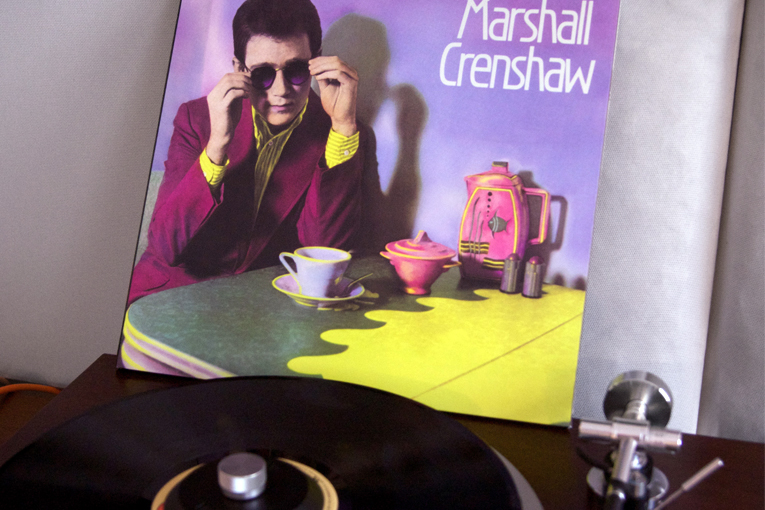
Finally, there’s record care. Personally, I think the medium is often presented by foo-foo digital elitists as being far more fragile than it actually is. While caring for your records is necessary, it needn’t be the expensive hassle it’s made out to be. Being made of carbon-hardened PVC, records are more than sturdy enough to be washed in the sink with lukewarm water and a sponge. Carbon-fiber brushes can be had for around $15 and do an adequate job of keeping your records clean if used consistently. And while complex and expensive fluids and brushes exist for keeping the stylus clean, all you really need is a Mr. Clean Magic Eraser. These are the methods I swear by, and my records stay absolutely noise-free.
Ready to cue up?
If you’re still hesitant, I get it: Buyer’s remorse stinks, and for the same amount of money as a decent vinyl setup, one can obtain a reliable, easy-to-use, and great-sounding digital rig. Vinyl playback is expensive, time-consuming, and inconvenient—but that’s kind of the point. The experience of playing music on vinyl, collecting records, and using hi-fi gear is what I love about this hobby. Many people find this far more satisfying than streaming music, or even playing CDs. Thankfully, there’s no lack of quality gear, records, and resources for beginners, so I think getting into vinyl is worth considering for all music fans. There really is nothing else like relaxing to (or dancing to!) an album on vinyl. So, cheers to spinning the black circle!
. . . Matt Bonaccio
mattb@soundstage.com






















